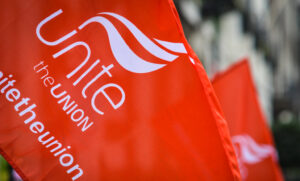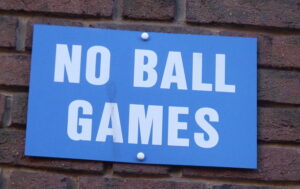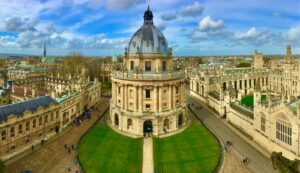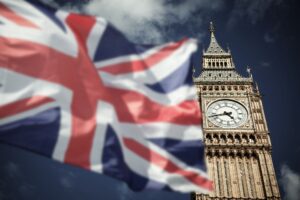
Mark Finch is a director at Rushbond, a property firm who have been behind several high profile regeneration projects in the city. He met NewStart to discuss the changing meaning of regeneration and the challenges of restoring historic buildings.
What does the word regeneration mean to you?
The word I often use is revitalisation as regeneration can mean quite significant change. If you’re looking to regenerate an area, that suggests the area is failing and you need to come in with a bulldozer and change it. But that forgets that there are buildings and communities who have things of great value but have lost their way. Revitalising an area through careful interventions is perhaps a shift away from big scale regeneration which said, ‘clear it and rebuild it.’
The word hasn’t changed its meaning but there’s more awareness now to some of the more local contexts in schemes.
A lot of Rushbond’s work is around restoring historic buildings in Leeds city centre. Why are you attracted to these projects?
We’re a Leeds based company who have been here over 30 years. We’ve grown big but we specialise in this region. We have a diverse portfolio and have we houses, offices, restaurants and shops. But we also look at where we can add value through developments in areas which could have the potential to change.
Some of those projects involve historic buildings, they are often in the heart of an area but have been neglected and have lost their use or original purpose, so we look at ways in which we can re-enliven those. Those are the buildings that are seen with great affection by the local community.
What’s the most challenging thing about restoring historic buildings?
When buildings are empty they are empty for a reason. The challenge is how do you take a fabric of a building which was developed for another purpose, eg York Road Library and Public Baths, and reposition it.
If you get a good architect, conservation team and work well with the local authority, you can work through solutions and try and reposition and restore and add value to that community.
When an area has gone through a lot of change, there’s a bit of nostalgia, and some of the only connections to the past are through the old buildings, and if there’s only a handful of buildings left then they take on greater significance.
What’s driving growth in Leeds?
Leeds has a strong cultural base, great institutions and fantastic universities. It’s quite a compact city so it’s very livable in that respect. It’s accessible and its position helps.
It also has a booming tech industry and creative industries. We’d like to see more investment in infrastructure in the north but there’s some positive work going on.
Do you view other northern cities such as Manchester as competition?
Maybe 15 or 20 years ago, but I think that’s an outdated way of looking at things. It’s now about how the north collaborates. There are certain things that are great in Manchester that aren’t easily replicated in Leeds and vice versa. We have different ecomomies. Other than for football, you don’t compare yourself too much to Manchester!
How was Leeds affected by the financial crash?
The credit crunch was a big blow. However, there were a couple of major projects, Leeds Arena and Leeds Trinity, which would have been easy to mothball but they kept heart with those. It reinforced Leeds’ role as a retail destination. It was a struggle for many people but the city kept working.
What are you working on at the moment?
We’re onsite with contractors at the Kirkgate area at the moment and working on the First White Cloth Hall. It’s on the oldest commercial street in the city. It’s a heritage building ‘at risk’ and was the start of commerce in the city. So we’re recreating that for the building.
What values to Rushbond take from project to project?
We have a mentality of thinking long-term and we try and think about what areas will be like in ten, twenty or thirty years time.
‘Curate’ sounds quite artificial, but it’s selecting the right use and uses. It’s not just about putting a restaurant in a building, but looking at what kind of restaurant will help give some life to the area.
We look at the issues going on in the city and try and think ahead.

















Leave a Reply